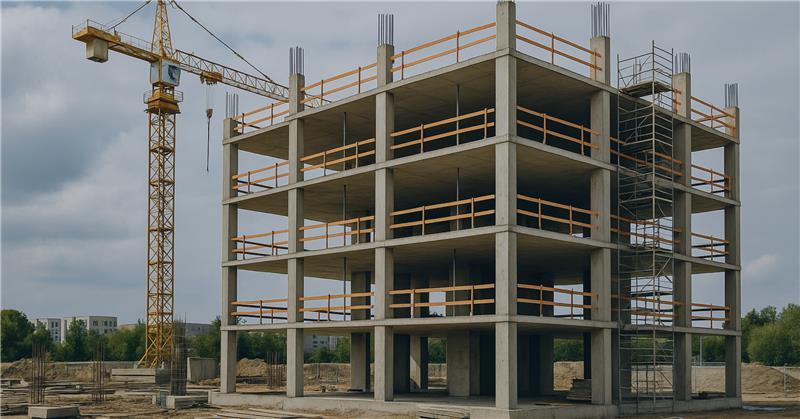New Yorkers are a unique bunch. They live together, in relative harmony, in one of the largest and arguably greatest communities in the 70,000 years of human history. The municipal boundaries of the five boroughs consist of about six million people. As you expand outward, to within an hour commute of New York City, the real number of people the city serves is upwards of twenty million.
As technology has advanced so have the design and building processes of the nation's cities. At the end of the 19th century and beginning of the twentieth century, New York City's building boom spawned thousands of brick buildings the color of an oozing sore. They were designed with little thought toward livability and no thought toward the future. Many of those buildings have proven difficult to update to modern standards and to this day thousands of buildings across the city are still governed by outdated building codes.
Yet, something has changed in the last ten years. The community has experienced an awakening to the fact that functionality, beauty, livability, and profit are not a mutually exclusive aspect of new construction. For instance, the entire Hudson Yards project is breaking new ground in designing and building entire neighborhoods with increased standards of living in mind, versus the typical construction of isolated properties. The new spaces include many amenities that make innovative use of green space as well as a concerted effort to attract service providers such as doctors and dentists into the design. The idea is not to create a single apartment building but to design and build a catalyst that will grow a new type of community.
Neighborhoods of the future will lift the rest of the country up with them. The nation is watching. And as the Hudson Yards project, the largest private construction project in the country, comes to fruition the pressure will mount for nearby building owners to stay competitive. They will be forced to apply creativity to their spaces to adapt and reuse them for the benefit of current and future tenants. Superior alternatives to their space will place downward pressure on their rent rolls and forever change the economics of their neighborhoods.
"Landlords with the greatest vision and creativity will win."
Landlords with the greatest vision and creativity will win. Those who adapt the fastest will attract and keep top tenants, while those who hesitate will be left to struggle with lower and lower prices as their only competitive advantage. As prices decline, demands for better build outs at lower prices will increase; at the same time maintenance costs rise in aging buildings. The time to innovate is before occupancy rates hit an all-time low, strangling cash flow and adding additional price pressure.
The Federal Reserve raised interest rates twice in the first half of 2017 and may very well continue to raise rates throughout 2018-2019 as the stock market continues to book record after record. The time to begin adaptive reuse projects has rarely been more favorable. The smart money is renovating space now with an eye for the entire customer experience of their properties.




